Yosemite is a magical place.
This glacier-carved valley has inspired artists, poets, and even presidents. The legacies of photographer Ansel Adams and President Teddy Roosevelt are intertwined with Yosemite Valley. Both aggressively popularized this natural wonder as a top must-see destination for Americans and visitors from the world over.
It’s difficult to grasp the grandeur. From the immense mountains like El Capitan and Half Dome, to the skyscraper redwood trees to waterfalls so renowned for beauty that wedding ceremonies are booked years in advance at “Bridalveil Falls.” – it’s all spectacular.
But the park is enormous, so to make every moment count we’ve put together a few tips to help you plan your trip and experience the best that Yosemite has to offer.
Winter, Spring, Summer or Fall?
Yosemite is beautiful any time of year, truly. While it is most popular in the springtime, in the quiet of winter a lovely blanket of white snow covers the park in a breathtaking fashion.
So, if you only have one shot to visit Yosemite, no matter what time of year it may be, you will experience something wonderful.
The waterfalls of Yosemite are at their best during the spring. As the winter snows melt, the waterfalls rush to life and offer spectators fantastic streams and rivers crashing hundreds of feet down. The temperature can still be quite cool during the spring, so wear layers of warm clothes.
Summer can be quite warm in Yosemite, and you can even swim in the creeks and rivers of the park. Summer is also the most popular time to visit Yosemite, so plan ahead, and expect full parking lots and traffic entering the park. You will find camping and hiking easier in the summer, but be sure to reserve campgrounds ahead of time, because even campsites sell out weeks ahead of time.
The waterfalls are less voluminous in summer than in spring. During droughts, the summer falls can to slow to a trickle. Wildfires can also be common in Northern California summers, so once in a while it can be smoky in the Yosemite Valley during summer months.
Yosemite is quite lovely in the autumn. The full cold has not set in yet, and you can still hike and walk without a sweater. By November it can be much colder. And Thanksgiving weekend is another popular time to visit the park.
Snow in Yosemite is beautiful and fresh. Winter in Yosemite inspired some of the best photographs of Ansel Adams, and you’ll experience for yourself a calm and peace in the park in winter. Christmastime at the Ahwahnee Hotel is famous for its dinner feast and show, which requires advanced reservations.
Note that if you want to see the giant redwood trees, head to Tuolumne Grove, because Mariposa Grove is closed in the winter (see more below).
Best background for selfies?
Like trying to pick the best flavor of Ben & Jerry’s! Here’s our favorites:
Tunnel View is one of the most spectacular and famous views in Yosemite. From here, you can see the valley floor, and some of the key attractions of Yosemite, including El Capitan, Half Dome, and Bridalveil Falls.
El Capitan and Half Dome: Facing one another, these two granite landmarks are famous among rock climbing enthusiasts. Scaling El Capitan is considered a monumental feat for climbers. Half Dome can be accessed easier, but this is still a considerable hike.
Glacier Point: Like Tunnel View, from here you can see both El Capitan and Half Dome, but at Glacier Point you are at a much higher elevation, above the valley floor, and you can see more of the granite and mountains surfaces in the background of the park.
Tuolumne Grove: This hiking spot is about 15 miles from the park center, and here you will find the famous “drive through tree” and large redwood trees. These redwoods are stunningly tall.
Mariposa Grove: Mariposa is home to the “Giant Sequoias,” some of the widest and largest trees in the world. These redwoods will leave a lasting impression on your mind. Note that Mariposa is closed in the winter.
The most spectacular waterfall?
Yosemite Falls: This is a spectacular plunge of nearly 2,500 feet (740 meters). There are “three sections” to this waterfall, the upper, middle, and lower cascades. Prepare for a grand treat!
Bridalveil Falls: Still spectacular at 620 feet (190 meters), Bridalveil is popular among wedding parties because of its unique name. April and May are especially popular times to see this liquid attraction.
Horsetail Fall (The FIRE Waterfall!): This is your winter and spring waterfall, best seen December to April. In February, the waterfall appears to glow orange around sunset, as if fire or lava are cascading down the cliffside.
One Day Tour? Or Overnight Stay?
A one-day tour is ideal when you have limited time. Granted, you won’t be able to see everything in one day, but you can certainly enjoy the most highlights mentioned here in one day.
The disadvantage to a one-day tour is that the long drive from the Bay Area. You’ll be leaving early and returning late, but very much worth the effort. So if you only have one day, go for it!
The advantage to an overnight stay is that you can relax, sleep overnight, and find extra time to explore the park more on your own timeline. You can enjoy swimming in the summer, longer hikes, or even mountain climbing.
The hotel choices in Yosemite range from budget to glamorous. For example, the Ahwahnee Hotel is the most luxurious in Yosemite, and has catered to celebrity clients over the years. Consider this “glamping,” where you can enjoy a spa treatment or sleep in a big king size bed in a private suite, after a day of exploring the redwood trees!
A word to the wise: If you are planning an overnight stay in Yosemite, reserve your hotel room far in advance. Many hotels sell out months ahead of time.
Check the location of your hotel. Remember that you want to be centrally located to see as much as you can without relying on the park’s bus service. Hotels in the valley will cost more (like the Majestics Hotel or Yosemite Valley Lodge). You can find some great bargains and even hostels just outside the central area (like Yosemite Bug Rustic Resort).
Drive or be driven?
Joining a tour group, and letting someone else do the driving has its advantages.
If you drive yourself to Yosemite in the winter or even spring, you must check ahead of time with CalTrans for weather and road condition updates. Snow chains for your car tires may be required, and it can be common in the winter for main roads to close due to weather conditions. If you are unfamiliar with the area, and with detours to take during a road closure, this could add hours to your commute, taking time away from your tour.
Also, if you drive yourself, be sure to stake out the fuel stations and stops along the way. Remember that the approach to Yosemite is rural and sparsely populated, so many conveniences and services may be unavailable when you need them (such as a tow). If you’re planning ahead, plot Crane Flat Chevron station on your map, this is a convenient fuel station located in the park.
Want to arrive refreshed and ready to experience Yosemite? We recommend joining a Yosemite tour with an experienced guide and driver, you can sit back, relax and leave the commute to someone else.
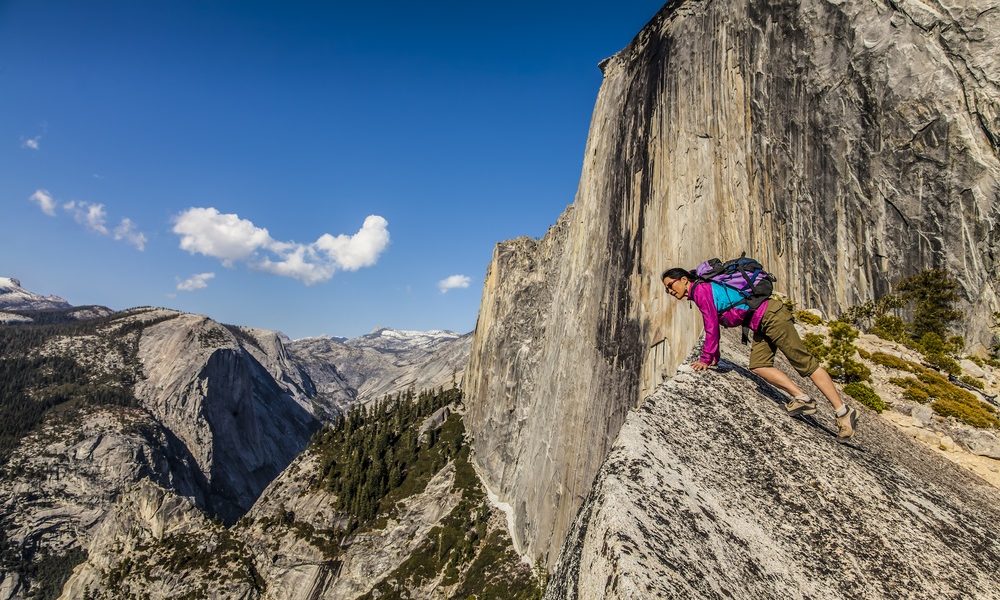
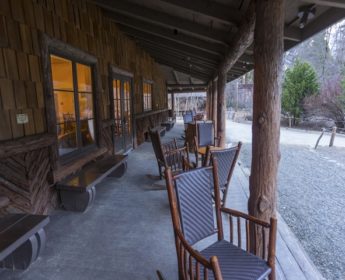
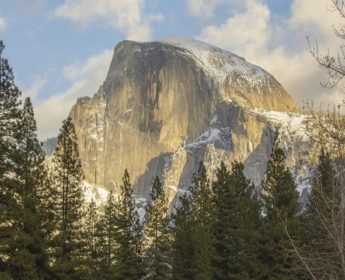
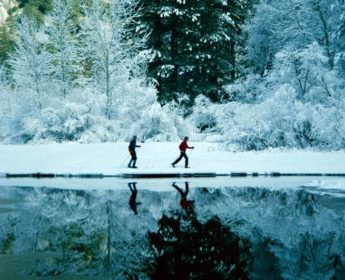
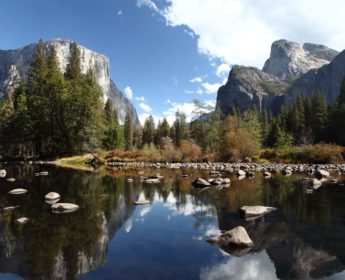
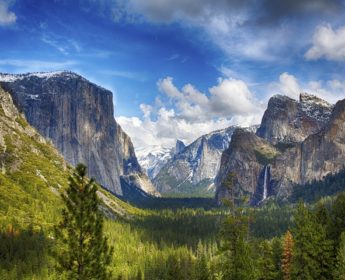
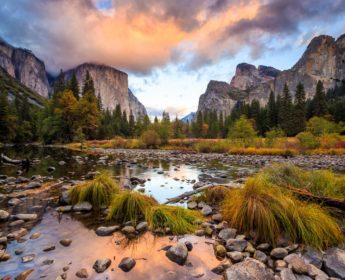
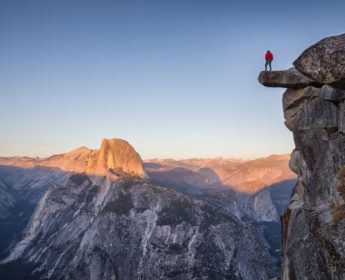
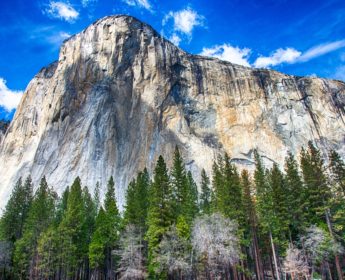
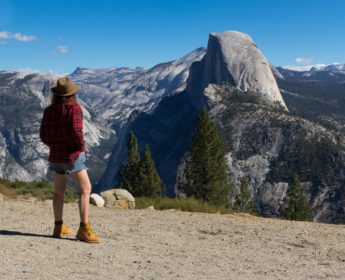
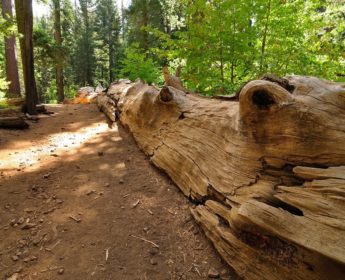
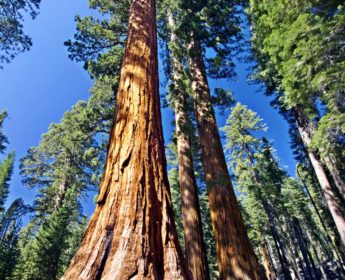
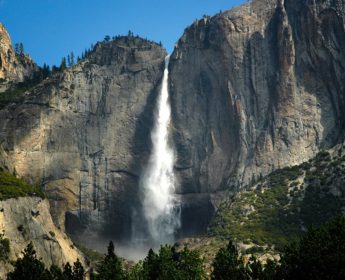
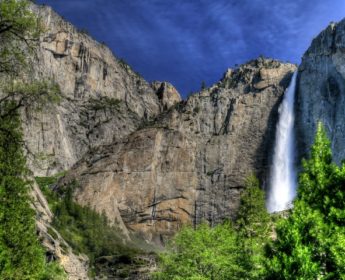
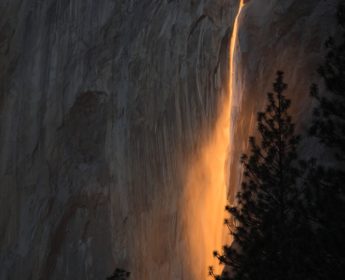
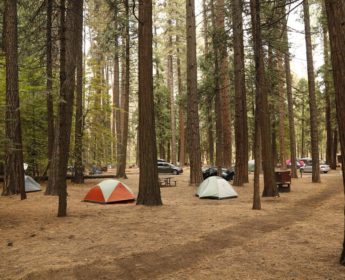
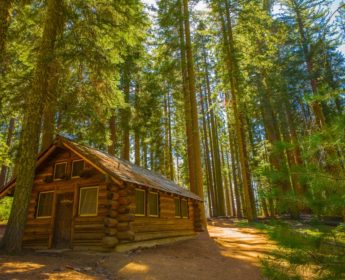
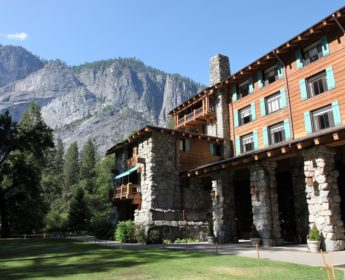





There are no comments.